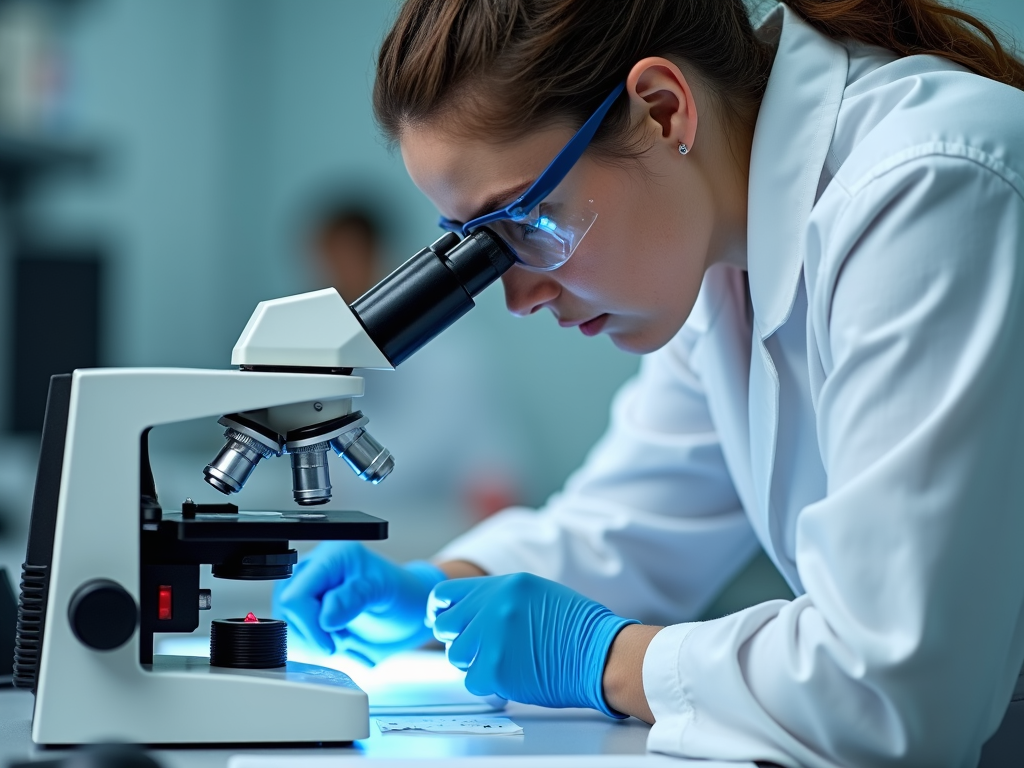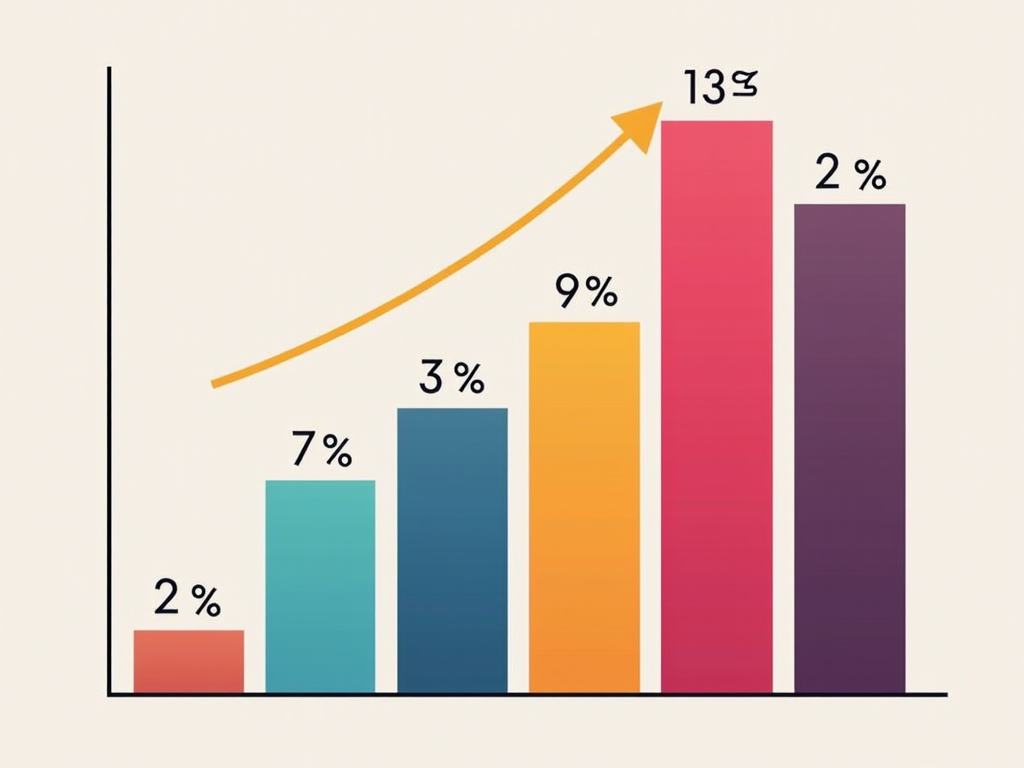Breakthroughs in Fertility Treatments and Their Success Rates
March 23, 2025, 11:56 a.m.
Infertility affects millions of couples, but new advancements in fertility treatments are changing the game. From improved IVF techniques to cutting-edge genetic testing, these breakthroughs are boosting success rates and giving hope to those dreaming of parenthood. In this article, we’ll explore these innovations, share real insights, and break down what they mean for you.

Why Reproductive Endocrinologists Matter
A reproductive endocrinologist is your go-to expert for tackling infertility. These specialists dig deep to find out what’s preventing pregnancy, whether it’s a hormonal issue or something more complex. For men, a reproductive endocrinologist for male infertility can pinpoint problems like low sperm count and suggest solutions that really work.
I’ve seen this firsthand with a friend who struggled for years. After seeing a reproductive endocrinologist, he learned his infertility stemmed from a treatable condition. With the right fertility treatment, he and his wife welcomed a baby last year. It’s proof these experts make a difference.

IVF: A Game-Changer with New Twists
In vitro fertilization (IVF) is the big name in fertility treatments, and it’s gotten even better. One huge leap is preimplantation genetic testing (PGT). This lets doctors check embryos for genetic issues before they’re implanted, raising the odds of a healthy pregnancy.
Then there’s time-lapse imaging—a cool tool that watches embryos grow without bothering them. It helps pick the strongest ones, cutting down on failed cycles. These breakthroughs in fertility treatments and their success rates are why IVF is more promising than ever.

What Success Rates Look Like Today
Success rates depend on age, health, and the treatment type, but the numbers are climbing. Here’s a snapshot:
| Treatment | Success Rate (Live Births) |
|---|---|
| IVF (under 35) | 40-45% |
| IVF (over 40) | 15-20% |
| ICSI | 35-40% |
| Donor Egg IVF | 50-60% |
Younger patients see the best results, but even older couples have options like donor eggs to boost their chances.

The Emotional Side of Infertility
The science is amazing, but the feelings? That’s where it gets real. I’ve watched my sister go through infertility, and it’s tough—hope one day, heartbreak the next. Each negative test felt like a punch, but the breakthroughs kept her going.
After two IVF rounds, she finally got that positive result. Seeing her hold her son now, I know these treatments aren’t just about numbers—they’re about families. It’s personal, and that’s what makes these advances so powerful.

What’s Next: The Future of Fertility
The future is wild—think artificial intelligence (AI) picking the best treatment plan for you. Or stem cells turning skin into eggs or sperm. These ideas are still growing, but they could one day help people who’ve run out of options.
There’s also ovarian rejuvenation, a new method trying to wake up dormant eggs in women who’ve hit menopause early. It’s experimental, but imagine the hope it could bring. These are the next breakthroughs in fertility treatments and their success rates to watch.

How to Pick the Right Clinic
Choosing a fertility clinic can feel overwhelming, but it’s key. Look for one with solid success rates and the latest tools, like PGT or ICSI. A good reproductive endocrinologist will listen to your story and tailor a plan just for you.
Ask about their experience with your specific issue—male infertility, PCOS, whatever it is. Read reviews, too. My cousin found her clinic through a friend’s recommendation, and the personal care she got made all the difference in her journey.

Wrapping Up: Hope Meets Science
The latest breakthroughs in fertility treatments and their success rates are rewriting the story of infertility. Better IVF, smarter tech, and skilled specialists are helping more couples become parents. It’s not an easy road, but the progress is real—and it’s worth it.
If you’re facing this, talk to a reproductive endocrinologist and explore your options. Lean on support, too—friends, family, or groups who get it. With science and a little hope, your family might be closer than you think.